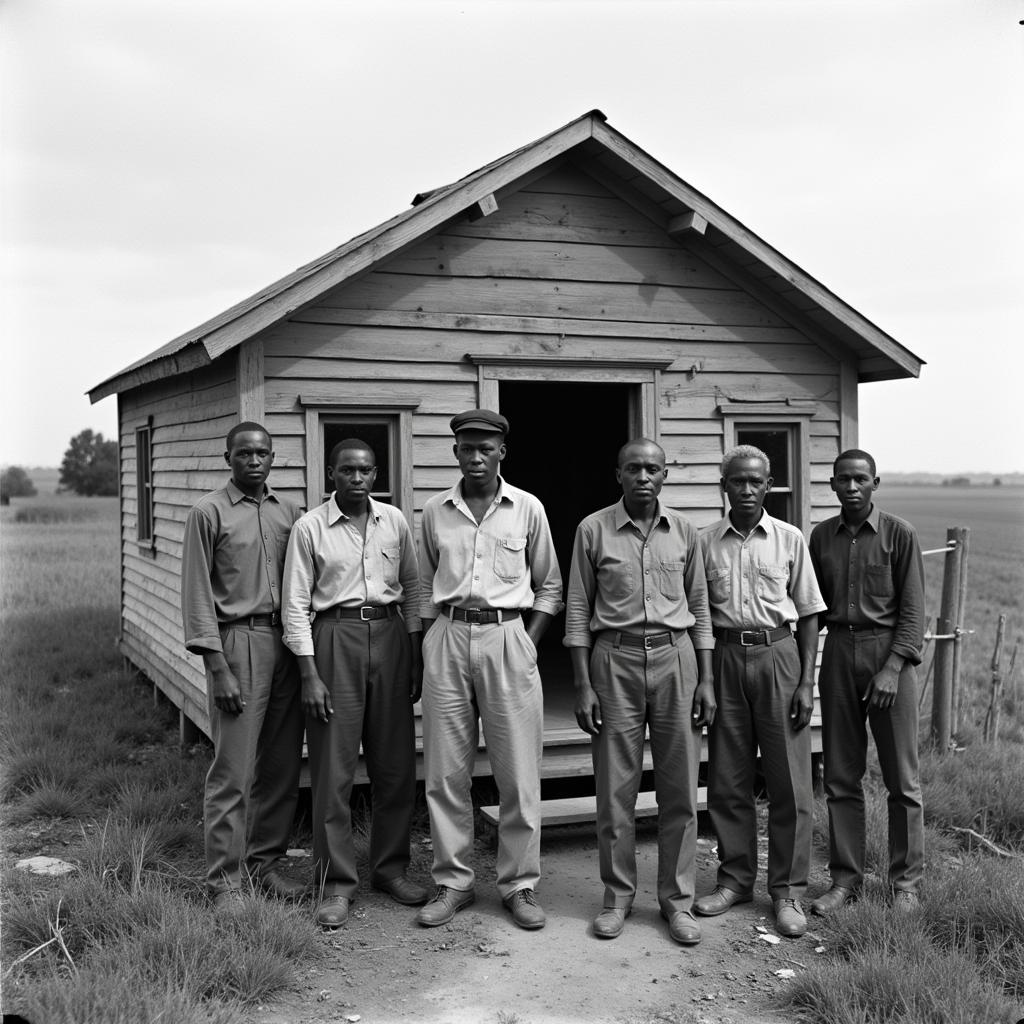African Americans in the Gilded Age: Navigating a Nation in Flux
The Gilded Age, spanning roughly from the 1870s to the early 1900s, was an era of rapid industrialization, economic growth, and societal transformation in the United States. However, beneath the veneer of progress and prosperity lay deep-seated inequalities, particularly for African Americans grappling with the legacy of slavery and the challenges of a nation grappling with Reconstruction’s aftermath. This period witnessed both the resilience and the struggles of African Americans as they navigated a nation in flux, striving for equality and opportunity amidst immense obstacles.
The End of Reconstruction and the Rise of Jim Crow
The end of Reconstruction in 1877 marked a turning point in the lives of African Americans. With the withdrawal of federal troops from the South, the fragile progress made during Reconstruction toward racial equality began to unravel. Southern states swiftly enacted Jim Crow laws, a system of legal segregation and disenfranchisement designed to relegate African Americans to second-class citizenship. These laws enforced segregation in public spaces, from schools and transportation to restaurants and cemeteries, further solidifying racial divisions.
Economic Realities and the Struggle for Opportunity
The Gilded Age was a time of unprecedented economic growth, but the benefits were largely unevenly distributed. While industrialization created new opportunities, African Americans often found themselves relegated to low-wage jobs with limited prospects for advancement. Sharecropping and tenant farming trapped many in cycles of debt and poverty, while discriminatory practices in urban areas limited access to better-paying jobs and housing.
 African American Sharecroppers in the Gilded Age
African American Sharecroppers in the Gilded Age
The Great Migration and the Rise of Urban Black Communities
Faced with limited opportunities and persistent discrimination in the South, millions of African Americans embarked on the Great Migration, a mass exodus to northern and midwestern cities. This movement, spanning several decades, reshaped the demographic landscape of the United States. While the North offered a respite from the overt racism of the Jim Crow South, African Americans still encountered discrimination in housing, employment, and education.
A Blossoming of Black Culture and Intellectual Thought
Despite these challenges, the Gilded Age also witnessed a remarkable flourishing of African American culture and intellectual thought. This period saw the emergence of influential figures who challenged racial injustice and celebrated Black identity. Booker T. Washington, a prominent educator and advocate for vocational training, emphasized self-help and economic advancement as pathways to equality. W.E.B. Du Bois, a sociologist and Pan-Africanist, challenged Washington’s approach, arguing for full civil rights and higher education for African Americans.
The Legacy of the Gilded Age for African Americans
The Gilded Age left a complex and enduring legacy for African Americans. The rise of Jim Crow and the persistence of racial discrimination cast a long shadow over the era, highlighting the deep-seated inequalities that continued to plague American society. However, this period also witnessed the remarkable resilience, creativity, and determination of African Americans as they fought for their rights, built communities, and made significant contributions to American culture and intellectual life.
FAQs about African Americans in the Gilded Age:
What was the impact of the end of Reconstruction on African Americans?
The end of Reconstruction in 1877 led to the withdrawal of federal troops from the South and the collapse of efforts to protect the civil rights of African Americans. Southern states quickly enacted Jim Crow laws, ushering in an era of segregation and disenfranchisement.
How did the Great Migration impact African American communities?
The Great Migration led to the growth of vibrant Black communities in northern cities, fostering a new sense of identity and shared experience. However, it also led to new challenges as African Americans faced competition for jobs and housing in often-unwelcoming environments.
 The Power of the Press: African American Newspapers in the Gilded Age
The Power of the Press: African American Newspapers in the Gilded Age
What were some of the key challenges faced by African Americans during the Gilded Age?
African Americans faced numerous challenges during this era, including legal segregation, widespread discrimination in housing and employment, limited educational opportunities, and the constant threat of racial violence.
How did African Americans resist oppression during this time?
African Americans resisted oppression through various means, including legal challenges to discriminatory laws, the establishment of self-help organizations, the creation of a vibrant Black press, and the development of cultural and intellectual movements that celebrated Black identity and challenged racial injustice.

